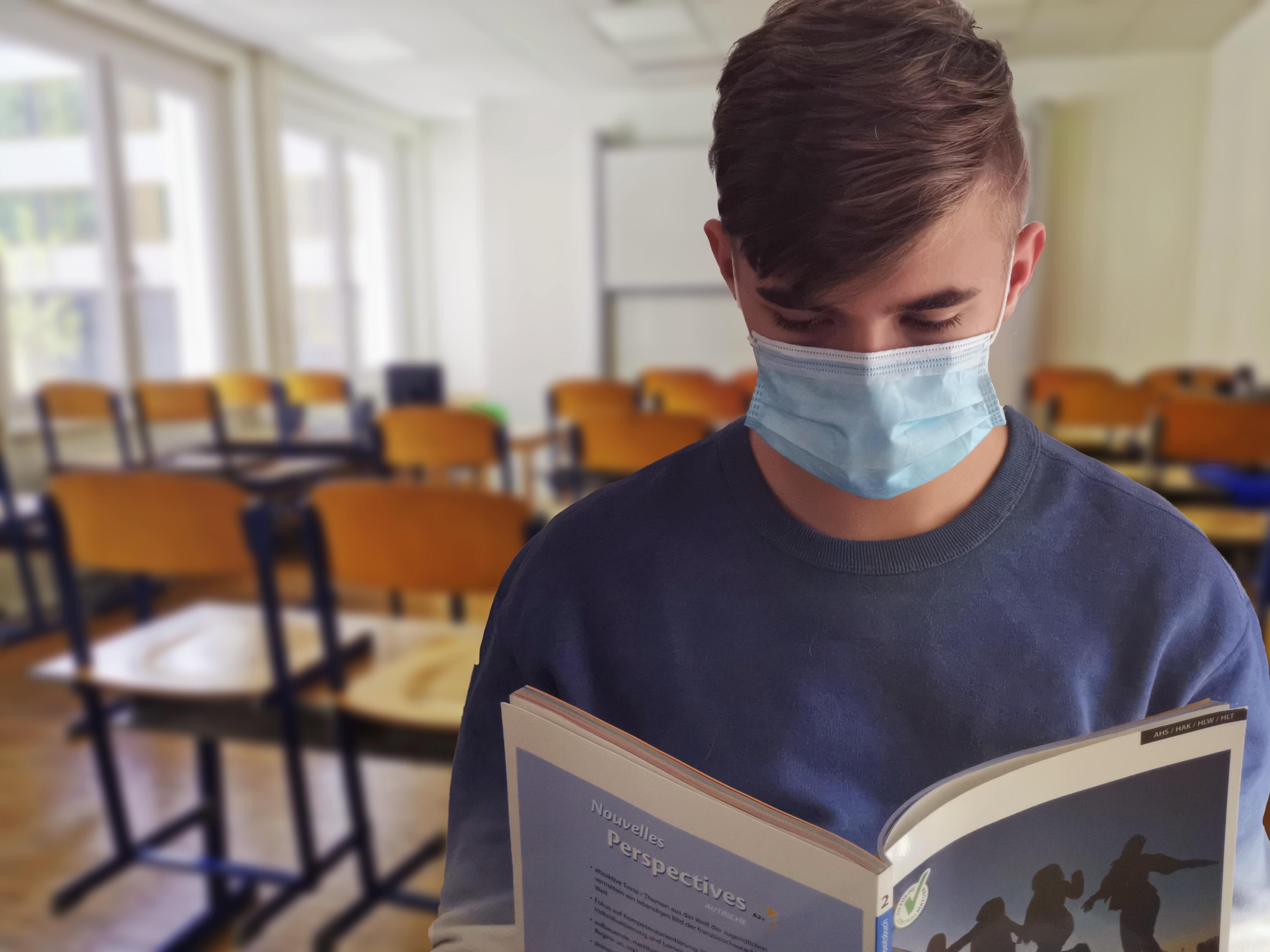Proper air ventilation and filtration in your schools—when combined with other best practices like mask wearing, physical distancing, hand-washing and surface cleaning—are essential strategies to protect school staff and students from the coronavirus. In the long term, proper air ventilation not only will keep your school community healthier, it also will impact learning outcomes in a positive way.
However, to be effective, the key word is “proper.”
It is time to get educated on indoor air quality. Learn more about making your schools safe and the questions to ask in your district by watching our on-demand webinar and reviewing the following materials. Partnering with our brothers and sisters at the Sheet Metal arm of SMART, the International Association of Sheet Metal, Air, Rail and Transportation Workers, AFSA is working to to make sure Indoor Air Quality (IAQ) in schools is a top priotiry across the nation.
The COVID-19 crisis has put a spotlight on decades of neglect and the growing deficiencies of school infrastructure, including heating, ventilation and air conditioning, also known as HVAC systems. The vast majority of classrooms in the United States fail to meet minimum ventilation rates, and those inadequacies have an especially major impact on our ability to provide safe learning environments as the virus remains in our communities.
It’s a complex subject, but critical for preventing the spread of the coronavirus today and improving educational outcomes tomorrow.
As you consider the air quality within your school, ask yourself the following questions:
- Does your school HVAC system meet the basic standards?
- How often are the filters changed?
- How does the ventilation and airflow differ within the building—in classrooms, hallways, cafeterias and other settings?
- Who performs your school HVAC system assessments and what are their qualifications?
- When was the last time your HVAC system was tested?
COVID-19 Mitigation
According to the U.S. Environmental Protection Agency (EPA), “higher ventilation rates reduce the transmission and spread of infectious agents in buildings. This is the conclusion of a multidisciplinary expert panel after reviewing 40 studies conducted between 1960 and 2005.”
- Schools and similar high-density facilities should increase their ventilation rates during influenza peak season.(1)
- A controlled study in office buildings found a link between short-term sick leave, often associated with respiratory illness, and low ventilation rates.(2)
- Occupants of buildings with low ventilation rates and high occupant densities experienced far higher rates of respiratory illness than did occupants of similar buildings with higher ventilation rates.(3)
Air Quality and Educational Opportunities
The EPA details how improved air quality improves academic performance:
- Studies demonstrate a connection between improvements in indoor air quality—either from increased outdoor air ventilation rates or from the removal of pollution sources—and improved performance of children and adults.(4), (5), (6), (7), (8), (9)
- Controlled studies show that children perform school work with greater speed as ventilation rates increase.
- The performance of adults, including teachers and school staff, also has been shown to improve with higher ventilation rates.(10), (11)
- Children in classrooms with higher outdoor air ventilation rates tend to achieve higher scores on standardized tests in math and reading than children in poorly ventilated classrooms.(12)
Photo: Creative Commons Zero - CC0. A referral link to Max Pixel


